We’re excited to introduce you to the always interesting and insightful Jonathon Kimbrell. We hope you’ll enjoy our conversation with Jonathon below.
Hi Jonathon, thanks for joining us today. What’s been the most meaningful project you’ve worked on?
My most meaningful project to date is the work I’m doing for my non-profit organization, the Texas Jukebox Project. The mission is to archive, preserve, and promote Texas music and artists on phonograph records through design-centric solutions. There is a lot of great Texas music from the 1940-1970s that only exists on vinyl records, from country to rock n’ roll, blues to ethnic recordings. These artists and records, more than likely, had little to no national distribution, so many of these records are scarce and hard to find. The first goal is building an online library to make this scarce material accessible for academic research and public enjoyment. Additionally, the Texas Jukebox Project is using design thinking to help promote this material to the public and keep it alive. Granted, the project is really just in the beginning phase, but it’s already come a long way from concept and thesis research to reality.

Jonathon, before we move on to more of these sorts of questions, can you take some time to bring our readers up to speed on you and what you do?
I’ve worked in the design and creative services for nearly 20 years as a graphic designer, painter, and printmaker. My first love had been painting, working with art galleries the world-over and selling work to make ends meet. This quickly segued into graphic design and printmaking, designing and printing concert posters and album packaging for some of my favorite bands and artists. I don’t do a lot of fine art painting these days, mostly because I don’t have the studio space as in the past, but you can always find me at the computer designing another album cover for a band, or slinging ink at the screen print presses.
Commercially, I’ve never felt like I had a recognizable design style amongst my peers, but I think what has worked for my art and design is the ability to transition between mediums when projects call for something different. Whether a project be photography, screen printing, traditional graphic design, or something else, I’ve easily been able to shift gears and work as a ‘design chameleon’ to help a client realize their vision.
What I find ironic about my experience is that I’m not formally trained as a graphic designer or printmaker. I learned about design principles and printmaking in the workplace, not the classroom. It wasn’t until grad school that I learned about design theory and design thinking. I never understood why I design the way I design until I had to express my process in words. It was a bit revelatory and exciting, and I now have a better grasp on my process.
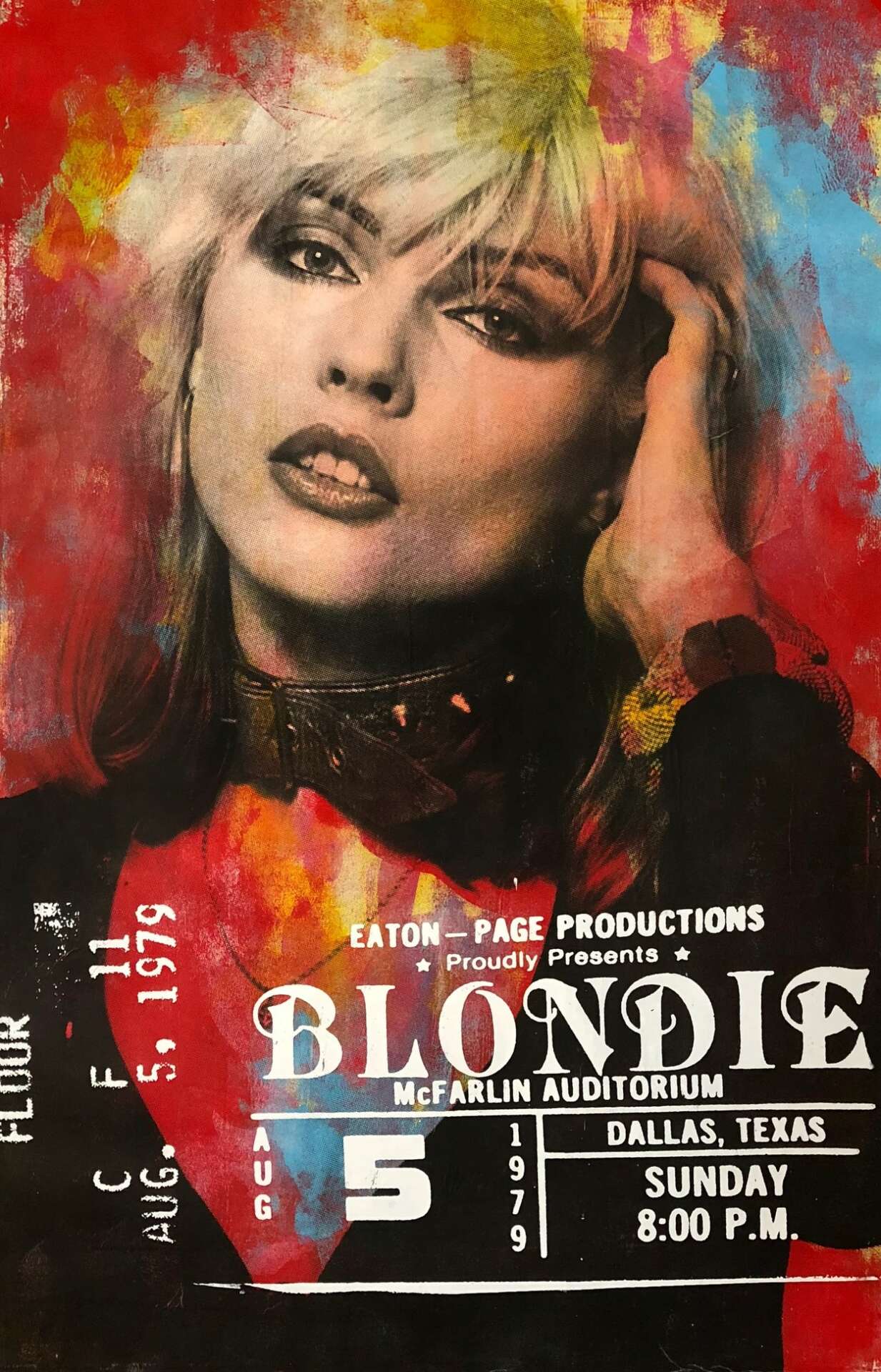
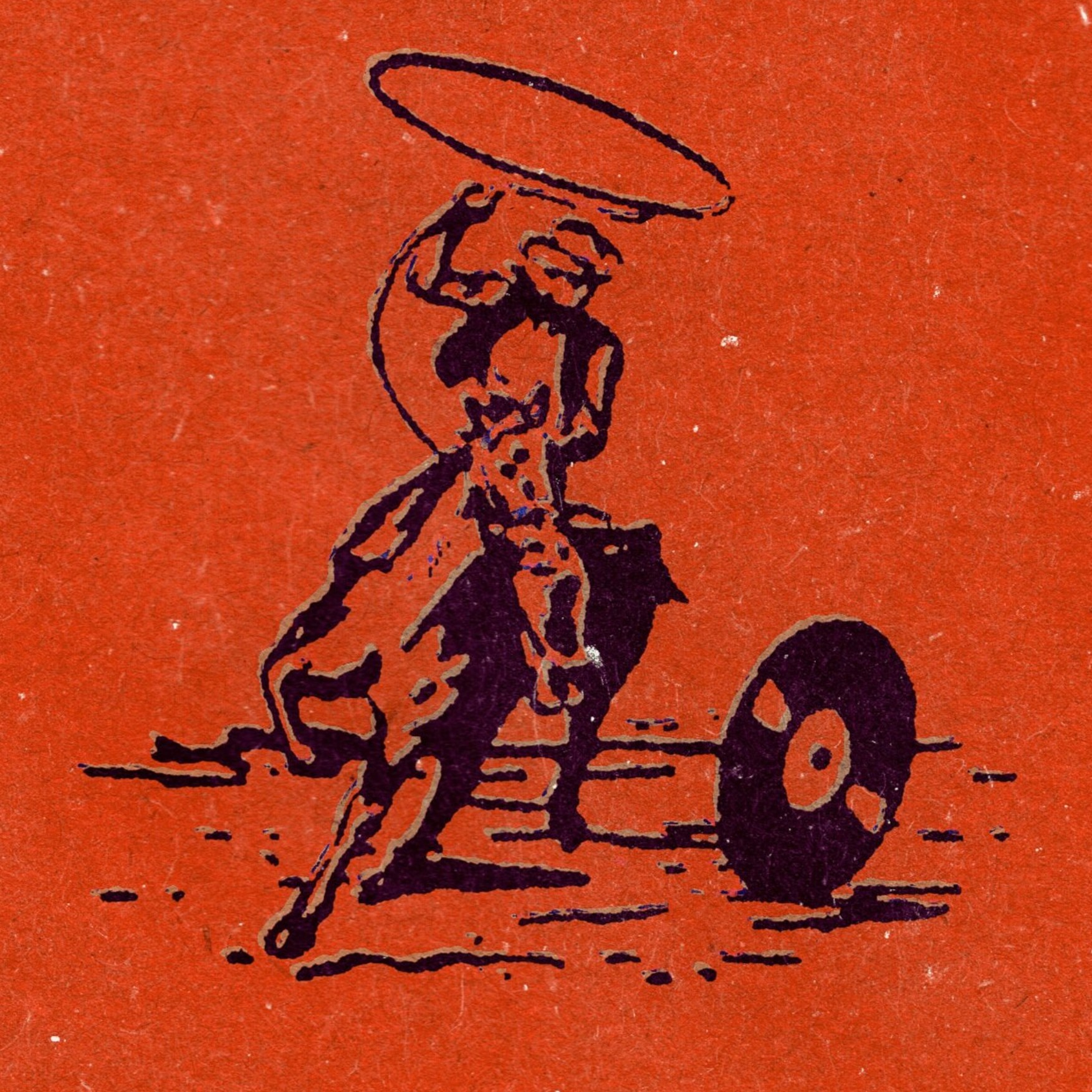
What do you think is the goal or mission that drives your creative journey?
Today, my goal is to make the Texas Jukebox Project a success, whatever ‘success’ looks like. Over the years, I’ve become less interested in the fine art side of things and more interested in using my design skills and knowledge for social good. Most days, I just want to talk about music and vinyl records. When grad school happened, I realized I could take my love of art and music together and do something positive with it.
Preserving history and culture is incredibly important, especially in today’s politically-charged climate. There are many stories and traditions captured in these vinyl records that are important to Texas history and culture worth preserving. As I’ve said, I have a long way to go, but knowing that I have a long road ahead keeps me excited to see what unfolds. I’ve squeezed myself into a niche market, for sure, but it’s an area where I feel like I have absolute creative freedom for the first time. I just wish I would have thought of this career path sooner.

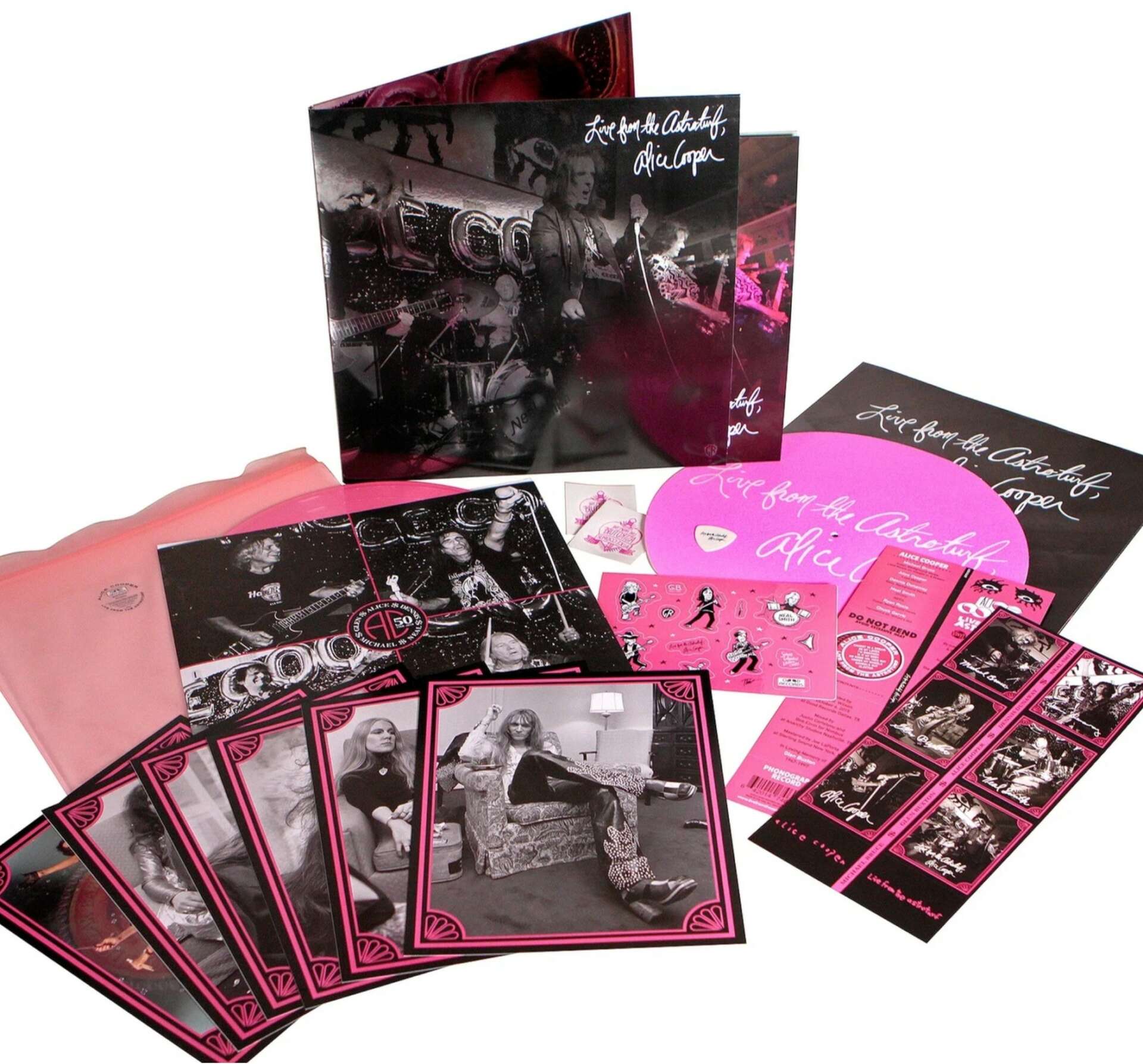
Is there something you think non-creatives will struggle to understand about your journey as a creative? Maybe you can provide some insight – you never know who might benefit from the enlightenment.
I think creatives and non-creatives alike should understand ‘burnout’ is a serious thing; what it looks like and how to deal with it. I’ve been creatively burned out for several years now, (the pandemic didn’t make matters better), and I’ve had to learn that it is ok to be burned out. The most important thing to recognize is taking the time to replenish your creative well. You can’t draw water from a dry well, right? The same goes for creativity. I’ve struggled with feeling guilty not being creative or making art when I think I should be. If you don’t have the creative drive at the moment to make something, it’s perfectly ok. Go do the things you love that might inspire that creativity, such as watching movies, reading a good book, playing records, strolling through the park, talking with friends and family.
The hardest thing in dealing with creative burnout is the impatience one feels in obtaining that creative mojo again. There is no time table. That burned-out feeling might last weeks, months, or even years, like in my case. In many respects, I still feel like I’m scraping the bottom of the barrel creatively, which is hard for me, because I’m used to being prolific. Just because you aren’t feeling your creative best doesn’t make you are less of a creative or artist. Thankfully, the work I’m doing with the Texas Jukebox Project is helping me deal with and shed my creative burnout. I’m not 100% yet, and I don’t think I ever will be, but the most important thing to recognize is creative recovery has to run its course. (If any of your readers wish to ask me more about this topic, feel free to reach out! Talking about creative burnout is good medicine, too.)
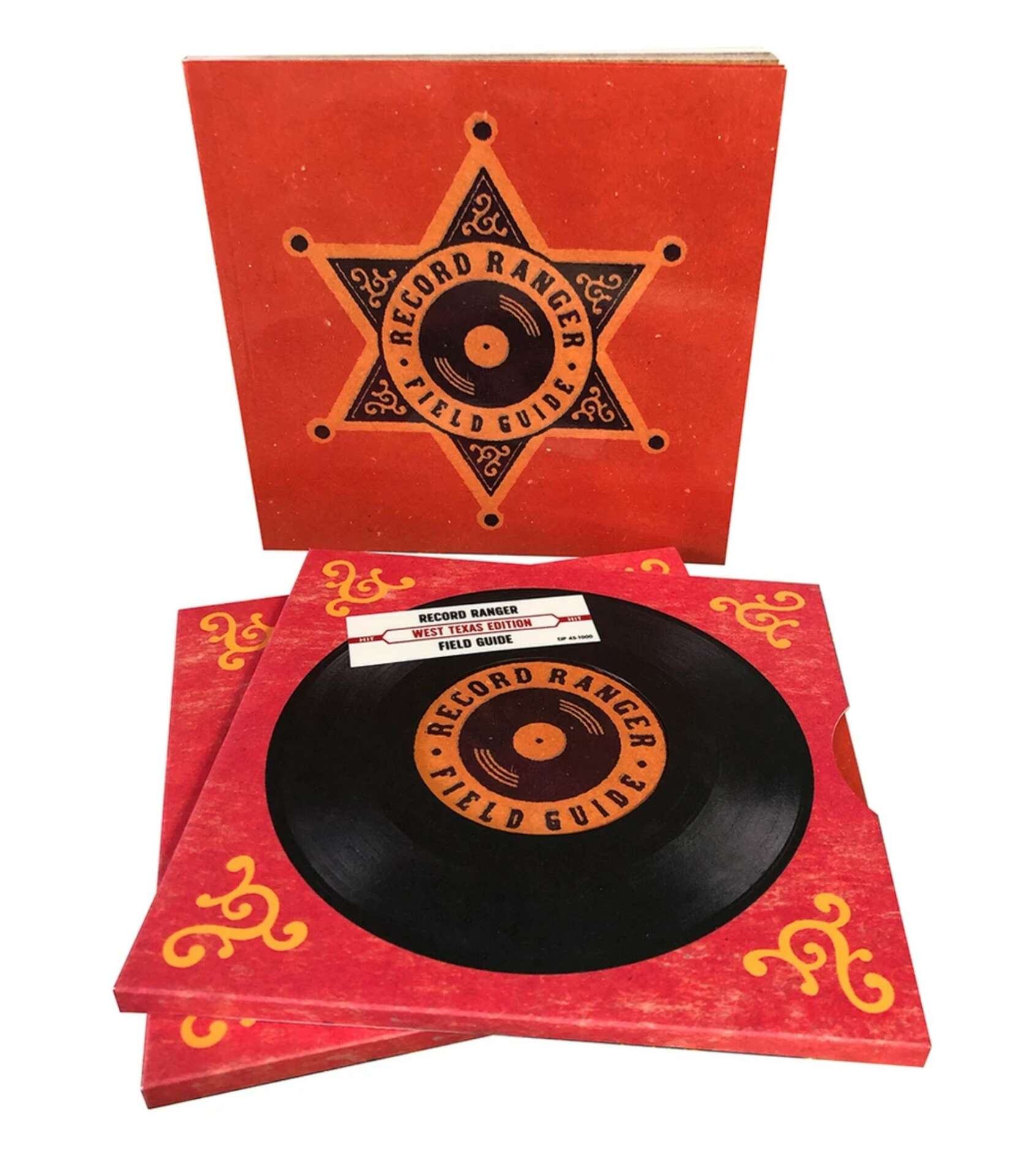
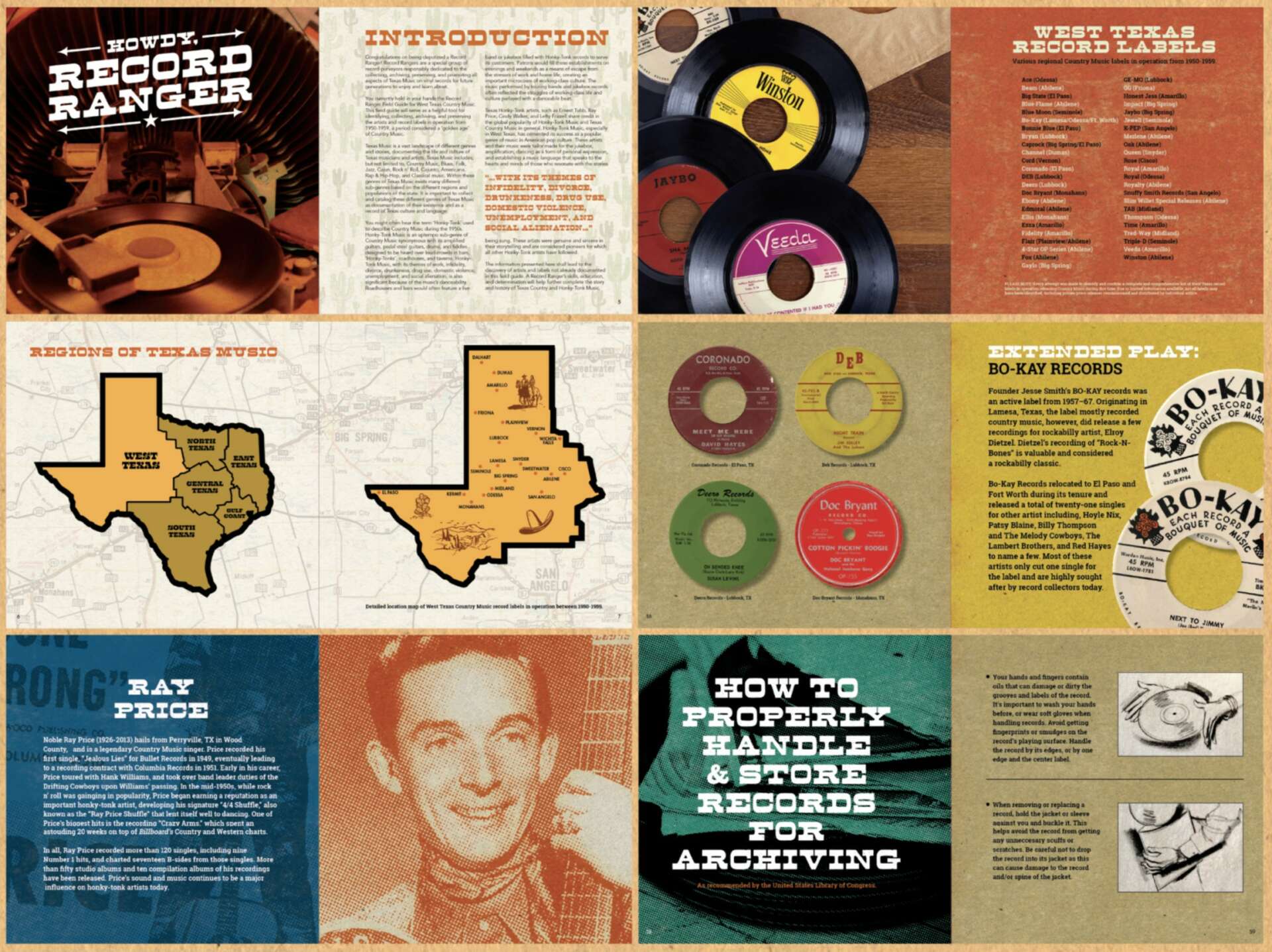
Contact Info:
- Website: jonathonkimbrellcreative.com
- Instagram: @jonathonkimbrell
- Texas Jukebox Project website: texasjukeboxproject.org
- Texas Jukebox Project Instagram: @texasjukeboxproject
Image Credits
Headshot photo credit: Danny Bollinger


